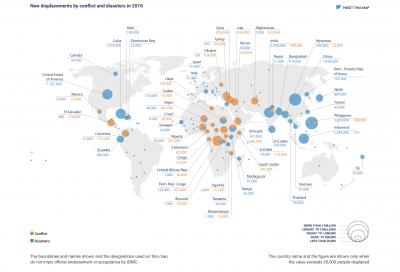In my last post, I created figures depicting the overall trends in the general federal prison population as well as these trends broken down to account for different types of offenses. I was especially intrigued by the information on the prevalence of drug offenses leading to incarceration from 1990 to 2014. From looking at the graph, it is clear that the drug offenses have accounted for the greatest proportion of crimes leading to incarceration on the federal level. The green line used for this offense on the graph stands out and reaches much higher than the other ones. It is also clear from looking at this figure that the most significant increase in drug offenses was at the beginning of the figure, from 1990 to 2000 and it seems to level off somewhat from 2000 to 2014. Due to this interesting trend, I did calculations to specifically quantify the increase in drug offenses during this time.
I first focused on the time period of 1990 (31,300 inmates) to 2000 (74,276 inmates). During this time, there was an overall increase of 42,976 federally incarcerated drug offenders, therefore the number increased by an average increase of about 4,297 inmates per year over these 10 years. This means that the number of drug offenders increased by 137% from 1990 to 2000 and increased by about 13.7% each year during this time period. This is a huge increase from both the 10-year unit perspective and when it’s broken down into yearly increases. An increase of 137% overall means that the number of drug offenders in 2000 increased by double plus one-third of the population in 1990.
I also examined the period of time where these numbers seemed to level off. Often, when you see a graph level off after a large increase or decrease, it appears stable and resolved at first glance. But, a seemingly stable line could still indicate a significant change. Between the years 2000 and 2014, the number of drug offenses increased by a total of 21,524 people and over these 14 years there was an increase of 1,537 offenders each year. This indicates an increase of 2.1% per year over these 14 years. This seems like a minor change that may not be important, but when you look at the total increase, the impact appears much greater. This 2.1% yearly increase led to a 29% overall increase in drug offense incarcerations from 2000 to 2014. Although this increase is not as dramatic as the increase between 1990 and 2000, this still accounts for almost additional one-third inmates incarcerated for drug offenses which is pretty significant.
When the time is taken to further analyze graphs such as this one, it increases the understanding of the magnitude. While an almost straight line might suggest stability at first glance, further investigating the relationship results in a more thorough understanding.




